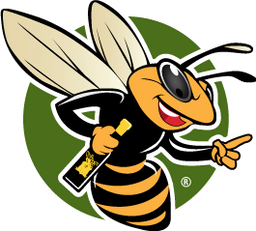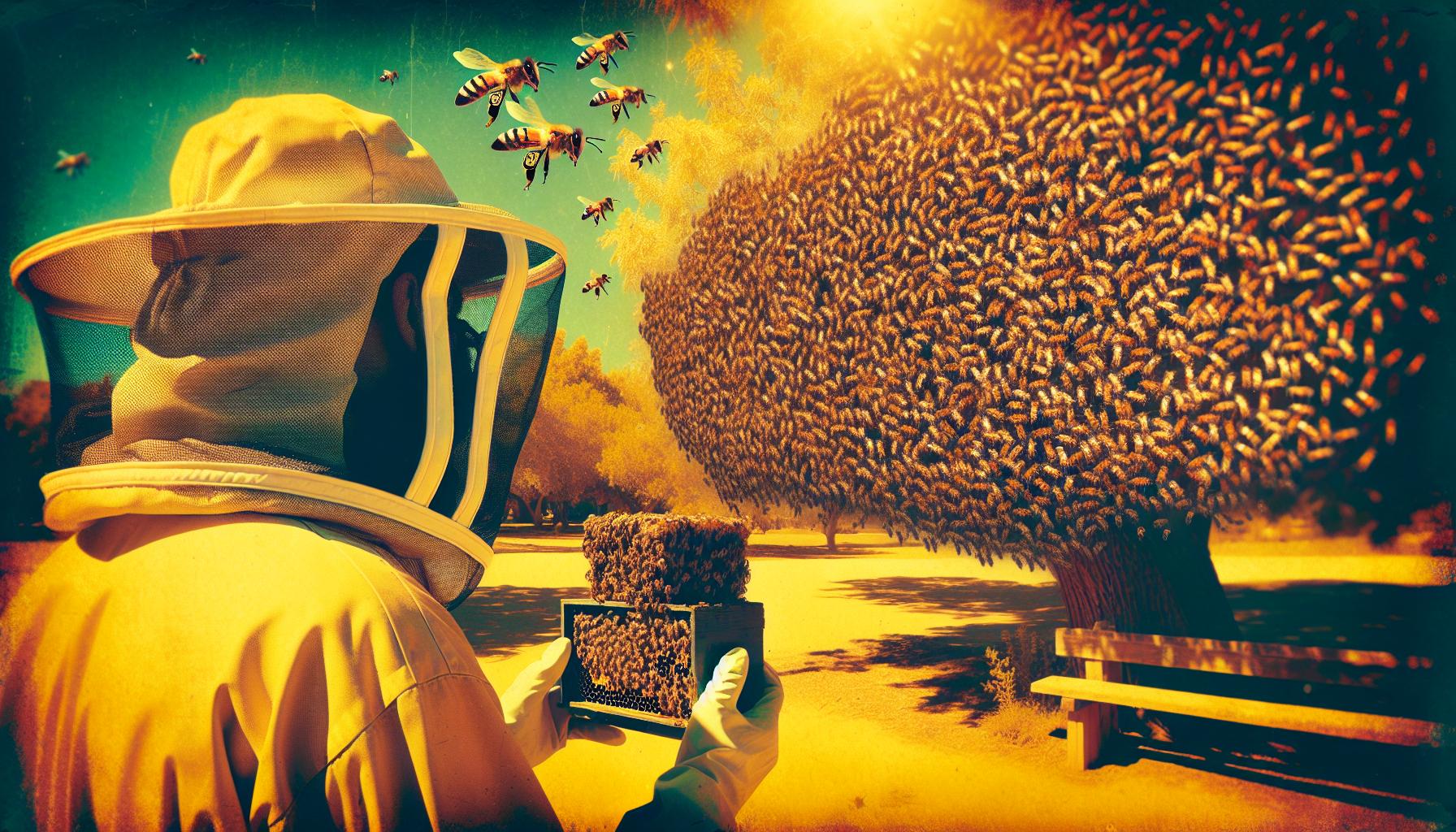As spring blossoms into life, one of nature's most captivating phenomena takes center stage: honey bee swarm season. This extraordinary time marks a critical period for bee colonies as they grow, expand, and thrive. Swarming is a natural process—a fascinating reproductive strategy that enables a portion of the colony to leave and form a new hive, ensuring the species' survival.
For both seasoned beekeepers and casual nature enthusiasts, witnessing a swarm can be an awe-inspiring experience. Understanding this intricate behavior not only enriches our appreciation for bees but also underscores their indispensable role in maintaining ecosystems. With knowledge and preparation, humans can harmoniously coexist with these remarkable insects during this vibrant season.
What Is Honey Bee Swarming?
Swarming is a natural behavior where honey bees, including the queen, leave their current hive to establish a new colony. This process typically occurs during the warmer months, peaking in late spring to early summer. Before departing, the bees prepare by consuming honey to fuel their journey, clustering together, and scouting for new nesting sites.
The queen plays a central role in this process. Guided by her pheromones, worker bees coordinate their efforts to ensure the swarm's success. Once they find a suitable location, the new colony begins the critical work of establishing their hive, laying eggs, and gathering resources.
Why Do Honey Bees Swarm?
Swarming is essential for honey bee survival and serves several purposes:
-
Colony Growth: Overcrowding can stress a hive. Swarming reduces this pressure by redistributing the colony.
-
Genetic Diversity: By forming new colonies, bees increase genetic variation, enhancing resilience to diseases and environmental challenges.
-
Environmental Triggers: Warmer temperatures, longer daylight hours, and an abundance of blooming plants signal colonies to reproduce.
-
Resource Optimization: When food or space becomes scarce, bees may swarm to seek better living conditions.
Understanding these reasons enables beekeepers to anticipate and manage swarming effectively.
When Does Swarm Season Occur?
Honey bee swarm season typically spans late spring to early summer, although the exact timing depends on geographic location and climate.
Seasonal Patterns
In most regions, swarming begins around April and peaks in May or June. Warmer weather and blooming flowers provide the ideal conditions for colony expansion. Beekeepers in temperate climates often witness heightened activity during these months.
Geographic Variations
In southern regions, such as Florida or Texas, swarming can start as early as March. Conversely, northern states with cooler springs may not experience swarms until late May or June. Local flora and resource availability further influence the timing and scale of swarming events.
Recognizing Signs of Swarming
Identifying the early signs of swarming is vital for effective management. Key indicators include:
-
Queen Cells: These larger, peanut-shaped cells house developing queens and signal the colony’s preparation for swarming.
-
Clustering: Bees clustering outside the hive often indicate an impending departure.
-
Increased Activity: Heightened movement around the hive is a common precursor to swarming.
-
Reduced Brood Production: A decline in new eggs and larvae suggests the queen is preparing to leave.
Beekeepers should regularly inspect their hives during spring to detect these signs and take preventive measures.
The Role of the Queen Bee in Swarming
The queen bee is the driving force behind swarming. Her pheromones guide worker bees throughout the process, from preparation to relocation. Here’s how she contributes:
-
Deciding to Swarm: When the colony becomes overcrowded, the queen signals the need for expansion.
-
Leading the Swarm: During the swarm, the queen takes flight, surrounded by worker bees.
-
Establishing a New Hive: Once a suitable site is chosen, she begins laying eggs, ensuring the new colony’s growth.
Her pivotal role highlights the intricate dynamics within honey bee colonies
Ecological Importance of Swarming
Swarming isn’t just vital for bee populations; it also plays a key role in supporting biodiversity and agriculture.
Pollination and Ecosystems
New colonies formed during swarm season enhance pollination across diverse landscapes. This benefits flowering plants, fruits, and crops, promoting ecological balance and agricultural productivity.
Genetic Resilience
The spread of swarms contributes to genetic diversity, making bee populations more robust against diseases and environmental shifts.
By understanding and respecting the natural cycles of swarming, humans can foster a sustainable relationship with these crucial pollinators.
Managing Swarming: Tips for Beekeepers
Prevention Strategies
-
Regular Inspections: Check hives weekly during spring for overcrowding and queen cells.
-
Provide Space: Add extra supers or brood boxes to accommodate growing colonies.
-
Replace Old Queens: Introducing younger queens reduces swarming tendencies.
-
Use Swarm Traps: These devices lure swarms to designated areas, making collection easier.
Safe Swarm Collection
-
Gear Up: Wear protective equipment, including a bee suit and gloves.
-
Choose the Right Time: Collect swarms in the early morning or late afternoon when bees are calm.
-
Use Gentle Techniques: Slowly brush or scoop bees into a hive box.
-
Secure the Queen: Ensuring the queen’s safety is crucial for the swarm’s success.
With these methods, beekeepers can manage swarms effectively while minimizing disruption.
Frequently Asked Questions (FAQs)
1. What is honey bee swarm season?
Honey bee swarm season is the time in spring when colonies reproduce by splitting. A portion of the colony, including the queen, leaves to establish a new hive. This natural behavior ensures species survival and typically peaks in late spring or early summer.
2. What triggers swarming?
Swarming is influenced by factors such as overcrowding, environmental conditions, and resource availability. Warmer weather and an abundance of flowering plants often signal colonies to swarm.
3. How can I tell if a swarm is about to happen?
Signs of an impending swarm include the presence of queen cells, increased bee activity, clustering outside the hive, and reduced brood production. Regular hive inspections can help detect these early indicators.
4. Is swarming harmful to bees?
Swarming is a natural and necessary process for bees. However, if the swarm fails to find a suitable nesting site or faces adverse conditions, it can be risky. Beekeepers can intervene to ensure successful relocation.
5. How do beekeepers prevent swarming?
Beekeepers can prevent swarming by providing sufficient space in the hive, replacing old queens, and removing queen cells when appropriate. Using swarm traps also helps manage the process effectively.



